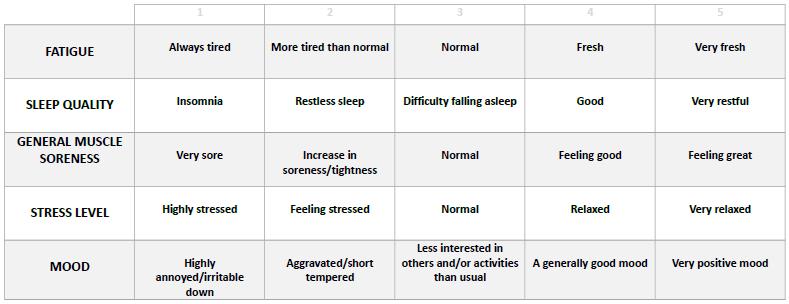Three Different Aspects of Training Load Monitoring
In 2014 I wrote Training Load Monitoring – Seeing the Big Picture where I have outlined a simple model for training load monitoring. In this video, I am expanding that model as well as modifying it to depict my current thought process regarding the topic.
In the video below I am also discussing the following:
- The relationship between performance, training load, adaptation and readiness
- Training load and readiness quadrants
- Decision-making quadrant from my article for Aspetar Journal
- Three different aspects of training load monitoring with the special emphasis on “game normalization”
As with most models, this one is a simplification that is good enough to get yourself oriented in complexities of training load monitoring. I am looking forward hearing your thoughts and feedback about the material provided.












Responses